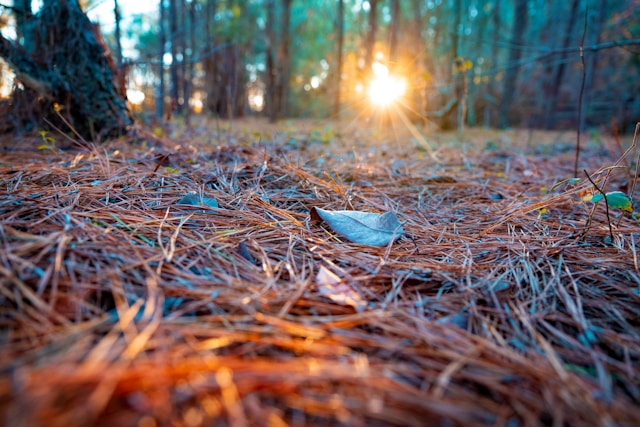The Climate Cult is so obsessed with how everything causes their thing that they frequently trip over themselves on the way to the supposed Climate Change Narrative Bank.
And I’m not talking about their lousy prediction record. It is worse than awful. Miserable. Embarrassing. No, I’m referring to sometimes laugh-out-loud funny contradictions published as serious pieces based on science or scaremongering…like this. An article at NPR titled “Blueberries in Danger: Temperatures in Maine to Spike to Scorching 90s” never mentions blueberries. Not once.
Or this. Almonds were doomed (‘cuz climate), but NPR never connected or corrected that after the explosion in almond production in multiple successive years after their dire prognostication.
Grey Seals, Ticks (VT Digger), and one of my favorites, Pollen, from which we learn that we have”…all this pollen because we had an unusually cold spring (NHPR)… and because of Global Warming(VOX).” Natch!
It’s both!
That’s what happens when you pretend that political science is science-science.
White Pines?
It is all low-hanging fruit. Even if you don’t pick it, it often smacks you in the face, but sometimes there are subtle contradictions. The Eagle Times has a bit about White pines and all the brown needles that caught my eye.
The fungi that cause white pine needle disease depend on above-normal precipitation during the spring and summer of the previous year, and we certainly had that in 2023, which is why WPND seems epic this year,” said ..
“WPND is linked to the humidity and moisture levels from the previous spring,” said Savannah Ferreira, FPR Forest Health Specialist. “Given the wet conditions we experienced in 2023, we are seeing an increase in needle damage this year.”
We had a lot of rain last year. Fair point. But then there’s this (emphasis, mine).
[This] White pine needle damage has been observed in the region for over a decade, with severity varying based on weather conditions. Heavy infections can cause significant defoliation and limited dieback of unhealthy trees. In 2023, WPND accounted for 3,349 acres of observable damage on white pine trees throughout Vermont, a slight increase compared to 2022 and one of the highest levels in recent years.
Do I need to revisit all the caterwauling over the past decade or more about drought? Odd, even watering, bans, and all that? I didn’t think so, but during that time, it has been our habit to observe how much more precipitation we’ve received in New Hampshire (in general)—much more than the historical mean. It makes actual sense (as opposed to climate cult sense) that the trees have been shedding due to the disease that results from above-average or excessive “moisture.”
I was surprised the article didn’t blame climate change, but it got me wondering if the needle disease had something to do with all those damn pine cones. I still have trees loaded with them. And if this matters, every month but February of this year has had above-average precipitation, so all things being equal and if the reporting is accurate (never something we can assume), the White Pines will be doing some extra shedding again next year.
You’ll get to rake leaves in the fall and pine cones and needles in the late spring. And at some point, someone will say it’s your fault.
Oh, joy!
